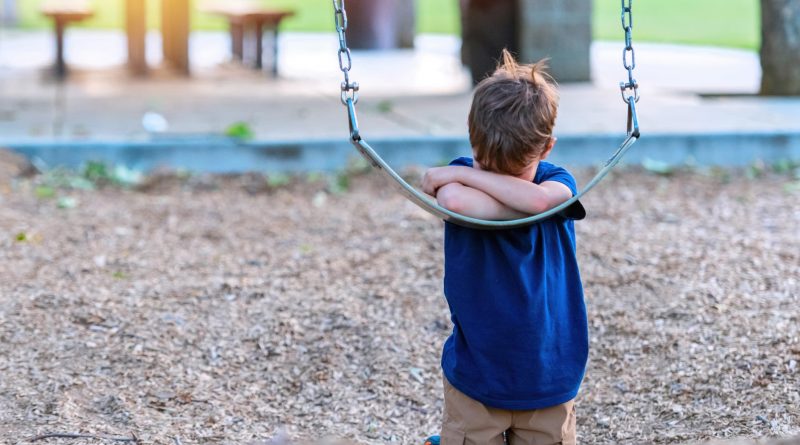Class bullies may earn more in middle age, study finds

A boy cries in a school playground. A new British study has found that some behaviours considered problematic in childhood can lead to higher salaries later in life.
Juanmonino | E+ | Getty Images
School bullies are likely to end up with higher salaries, a new study suggests, upending the conventional wisdom that they will receive their comeuppance later in life.
Research published earlier this month by the U.K.’s Institute for Social and Economic Research found that children who exhibited certain kinds of problematic behavior at school, including throwing temper tantrums and teasing or bullying others, had higher earnings in their 40s.
Children with “conduct problems” at school also reported higher satisfaction in work.
Meanwhile, it was children who struggled with paying attention and forming relationships with their classmates who ended up performing more poorly in the labor market, and had lower satisfaction with both work and life.
Failure to finish tasks and emotional problems such as anxiety were also linked to poorer outcomes in the jobs market.
The study used data from the 1970 British Cohort Study to compare a broad range of behaviors and skills reported by teachers at the ages of 10 and 16, with educational level, earnings, working hours and occupation up to the age of 46.
The social and emotional skills identified in school-age children could help predict various facets of later life, it found. The study factored in socioeconomic details such as family income, parental employment and educational status.
The results suggest a need to reconsider how schools discipline children, according to the authors.
“It is possible that what is often identified as aggressive behaviour is the adaptive response to a competitive environment,” they say.
“Rather than a punitive approach, there could be more focus on understanding the causes of the disruptive behaviour and teachers could be trained to identify strategies that help children to channel these tendencies in ways that fit better with the classroom.”
Source – CNBC




